This entry was posted on December 24, 2021.
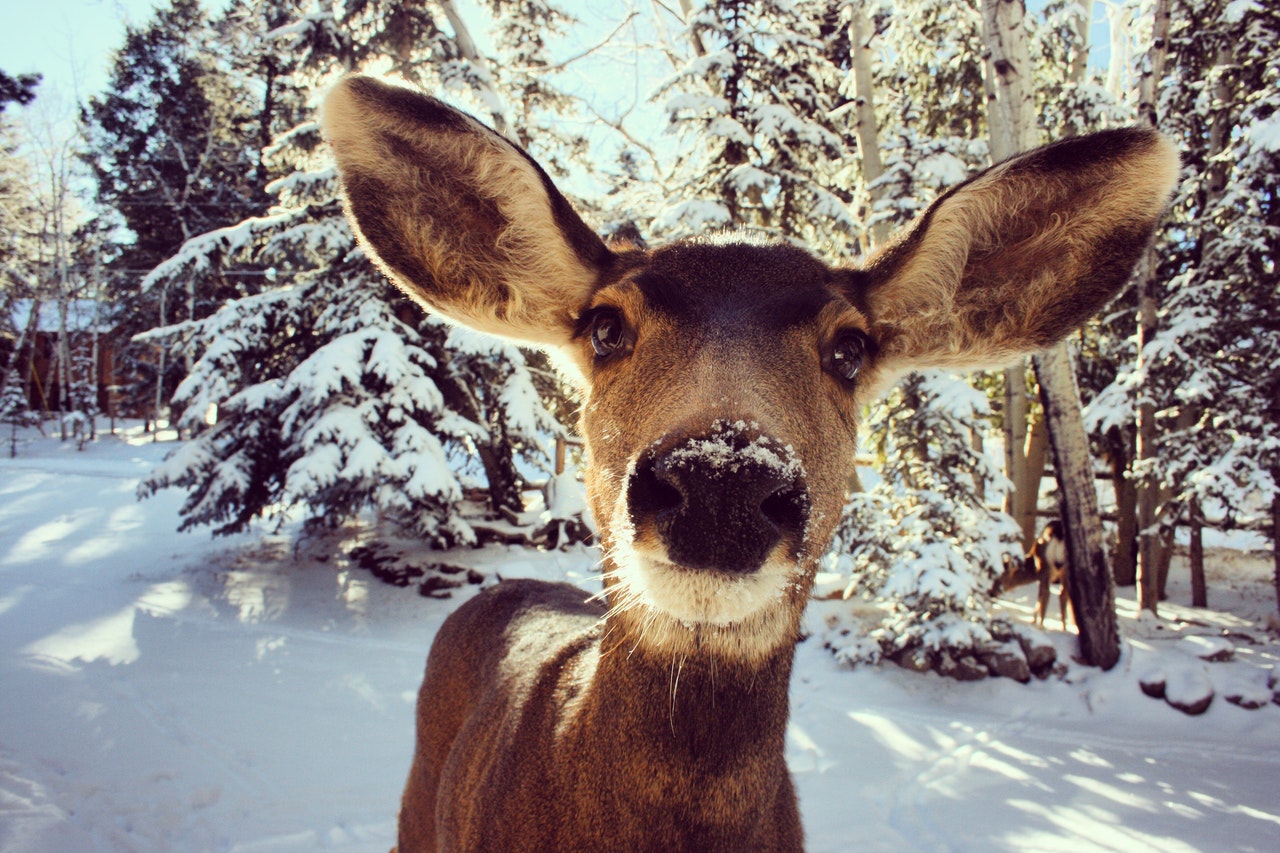
Do you shudder at the thought of heading out into the cold? Well, you shouldn’t. The shorter days and low lying-sun create the perfect opportunity for some majestic low-light animal photography.
Capturing winter wildlife with your camera isn’t easy, but it's a worthwhile challenge. These shoots are technical. But you’ll gain a better understanding of your camera settings, and how to manage unpredictable light conditions.
So, in this article, we give you an overview of winter wildlife photography. We’ll explain the key technical concepts, as well as recommend the best cameras.
How To Photograph Wildlife in Winter
Research
Before you even touch your camera, you need to know where to find your subjects. So, to avoid unnecessary exposure to the elements, put in the research beforehand. Learn about your subject’s habitats, and their movement patterns in the area.
Researching is arguably the most important factor of a winter wildlife shoot. It can save you lots of effort, but more critically, help to keep you safe.
Exposure
Now let’s look at achieving correct exposure, which is one of the main challenges.
Metering systems are calibrated based on neutral tonality. This means that white landscapes can play tricks on your camera, causing it to underexpose images. If this happens, it’ll be a disappointing end to your day. Your photos will be dull, lacking colour and life.
But fixing this issue is easy. By adding positive compensation, you can overexpose your images and make up for the loss of detail caused by the whiter conditions. For most images, you will typically want to overexpose by +1 stop (EV). On sunny winter days, you may up this to +2 stops (EV) if light is reflecting heavily off snow-covered surfaces. Just be careful not to overexpose here, as this will also cause loss of detail.
The next point to consider is which mode you use. If light conditions are consistent, then shoot manually. This gives you total control over exposure, unchaining your creativity.
But if conditions are unpredictable, then aperture priority mode is your best bet. Aperture priority gives you manual control over aperture, whilst automatically adjusting the shutter speed. Now you can focus on the exact number of f-stops that you need, and let the camera do the rest.
And to set the correct exposure, it’s always a good idea to take a few ‘warm up’ shots before finding your subject.
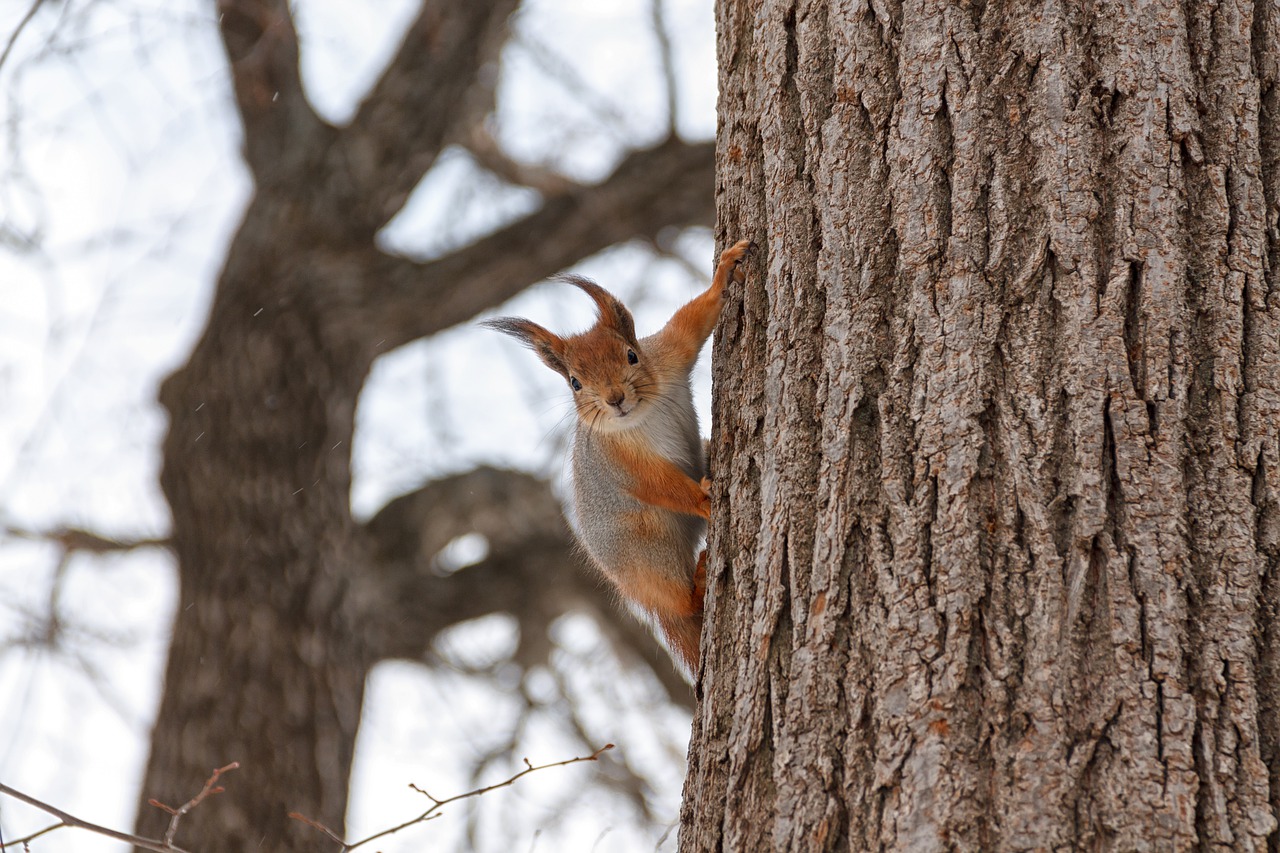
Focus
With flat winter light, overcast weather, or falling snow comes low contrast. And in these conditions, autofocusing may be a problem. The lack of contrast means that the lens can’t lock onto a subject accurately, causing it to jump around.
To avoid this, switch from auto to manual focus. Now you have full control over where the lens focuses, and don’t have to worry about losing your subject.
Manual focus also means that you can pre-focus on a specific point. This is super useful for winter wildlife photography. If you think that an animal will move to a certain spot, you pre-focus on that point, and then lie in wait for the subject to enter the frame.
Background
Once the animal comes into frame, it should be the centrepiece of your image, not whatever's going on in the background. You can achieve this using a wider aperture (lower f-stop number) to blur out the background and achieve good bokeh.
Bokeh is all about making the out-of-focus aspects of a photo look good. ‘Good bokeh’ gives a nice backdrop to the focal area, and adds another dimension to images. ‘2019 Bird Photographer of the Year’ Caron Steel explains the effect in more detail, and how she uses it to improve her own wildlife photography.
Essential Camera Specs for Photographing Animals in Winter
Cameras with the following features will help you to snap the best winter wildlife photos.
Fast burst mode
To photograph animals crisply, you need a high frame rate. Cameras with quick burst modes can capture the slightest movements which would otherwise be lost. A minimum burst mode of 10/fps is a good starting point.
Battery life
This one doesn't need much explaining. DSLR battery life still outperforms mirrorless by a long way. So, bear that in mind.
Good ISO range
The wider the ISO range, the wider the range of light conditions under which a camera can perform. A wide range is beneficial if you also want to photograph winter wildlife at night.
Sensor resolution
High-quality images need a high-quality sensor. A lower megapixel count can be compensated by knowing the ins and outs of your camera settings. But, generally speaking, the higher the resolution, the better.
Camera bulkiness
If you're trudging around snow, the lighter your gear, the better — mirrorless cameras tend to weigh significantly less than DSLRs.
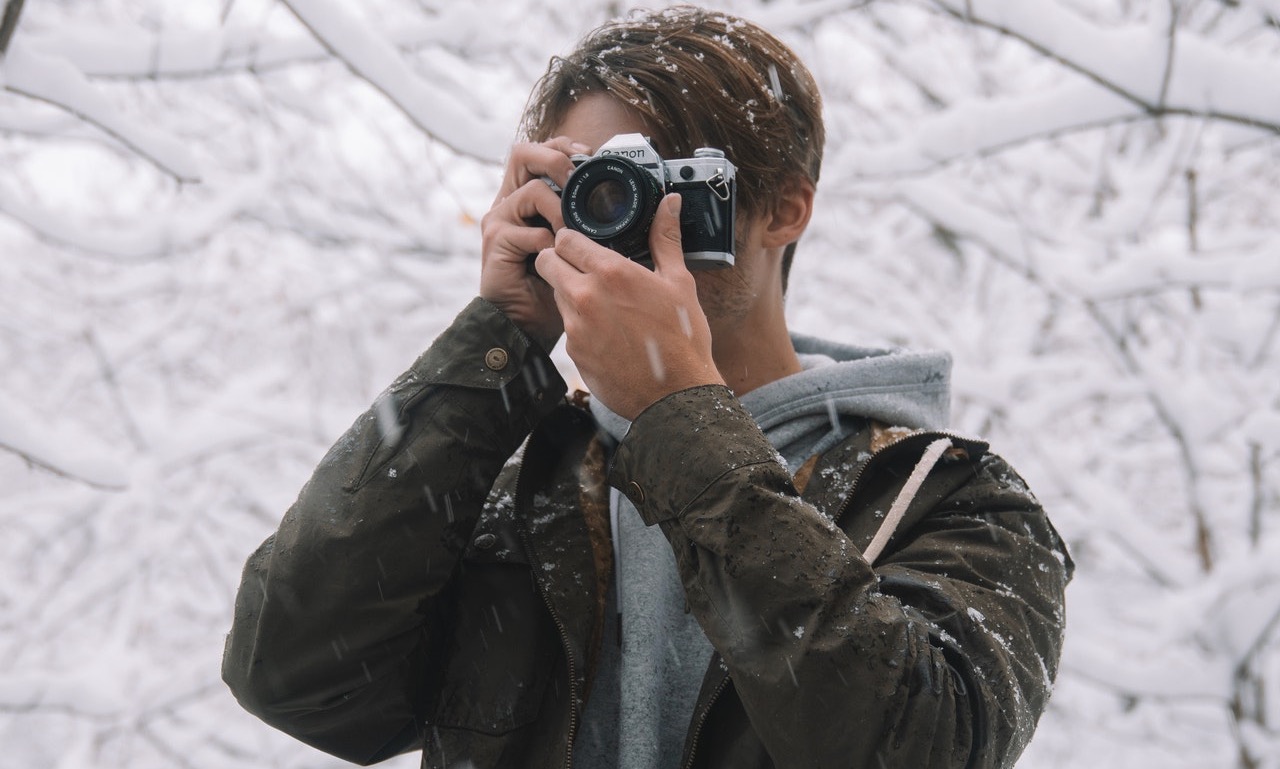
Weather sealed
Bad weather breaks unprotected cameras. Make sure yours is weather sealed.
Sensor format
Because they use the full sensor surface area, full-frame sensors perform better in low light conditions. Cropped sensors, however, create a better zoom effect at given focal lengths.
Both have their benefits to photographing wildlife in winter, so it's really up to you.
Best Cameras for Capturing Amazing Winter Wildlife Photos
Here are our picks of the best cameras for capturing amazing photos of wildlife this winter. They have the important features which we mentioned before, and will maximise the quality of your images.
High-end
These are the best of the best, and your images will be unparalleled.
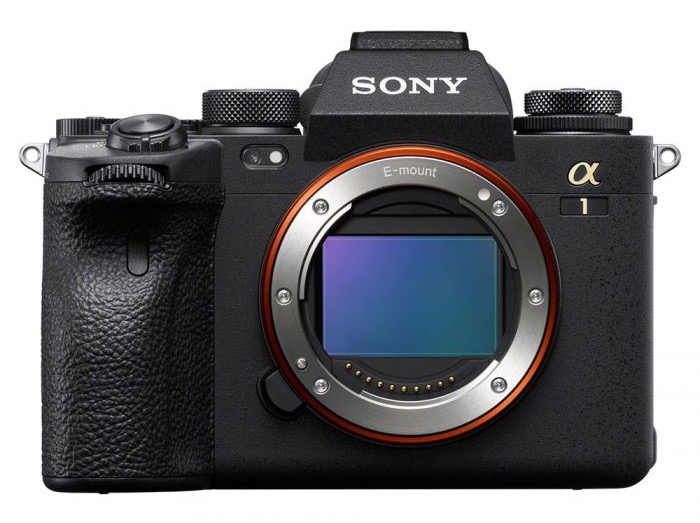
Sony A1
Sony’s Alpha 1 camera is a top choice if you’re looking to take professional quality animal photos in winter.
The 50MP full-frame sensor combined with 30/fps continuous shooting means that it is an absolute juggernaut. A full-frame sensor helps it to capture a greater range of light conditions — particularly helpful during winter months. But 50MP takes it to another level altogether, and creates the highest resolution images.
The A1 also packs Sony’s improved real-time animal eye autofocus. This does exactly what it says on the tin, and some say better than any other wildlife-oriented camera. When animals move, the autofocus tracks their eyes. This makes sure that they remain the focal point of images.
Want more? Well, videographers will also have a field day. The A1 records an unreal 8k/30fps and 4k/120fps.
At £6,500 it may seem pricey, but think of the footage that’s possible with this beast!
But if that really is a little too heavy on the wallet, and you're set on Sony, check out the A9 II. It shares some of the high-end features of A1, but for half the cost.
Canon EOS-1D X Mark III
The EOS-1D X is the pinnacle of DSLR technology, giving top-end mirrorless setups stiff competition.
The double grip body looks the same as other EOS-1D models, but inside we see some serious upgrades. It shoots 16/fps bursts through the viewfinder, and 20fps when in live view with autofocus. And the updated 20.1MP CMOS sensor with Dual Pixel autofocus (Canon’s renowned AF technology) keeps your subject crystal clear when in the frame.
Another area which the EOS -1D X Mark III targets is blackout. This happens when the shutter is pressed and the mirrors flip up, temporarily causing the viewfinder image to disappear. But an all-new mirror mechanism reduces this, as well as vibration.
And when expanded, the ISO can be set as low as 50, and as high as 819,200. So there really isn't a light condition in which this camera cannot shoot.
The EOS-1D Mark III comes in at £6,999, so it’s slightly more expensive than the Sony A1.
Lower to mid-end
Your pre-edit photos won’t look as good, but the next camera will still snap some high-quality shots.
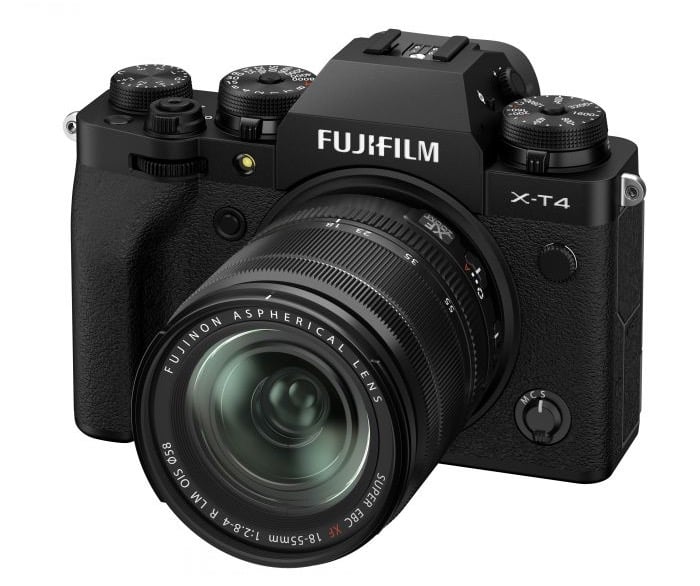
Fujifilm X-T4
The X-T4 is a fine choice if you’re on a lower budget. It’s suitable for beginners as well as intermediates. And it gives anyone hunting winter wildlife photographic magic plenty of options.
Shoot 15/fps with the mechanical shutter. And up this to 20/fps by using the electronic shutter with a 1.25x crop factor. Shooting with these settings for long periods is also possible thanks to a healthy buffer. The X-T4 will take over 100 JPEG images at these frame rates before it needs to slow down.
Mid-level APS-C models tend to be cheaper than this. But with all those specs, and a lens included, £1,799 isn’t a bad deal for the Fujifilm X-T4.
Key Takeaways
When armed with a plan and the correct equipment, snapping beautiful shots of wildlife in the winter is an excellent way to enjoy the colder months. And with Christmas around the corner, there's never been a better time to get involved.
In our Christmas shop you'll find all you need, so that you can share with the world what our animal friends get up during this time of year.
Wherever in the world you are, winter brings some incredible opportunities for simply stunning photography. But whether you take advantage of it this year or not, we wish you the happiest of happy holidays, and a fantastic start to the new year - see you all in 2022!






